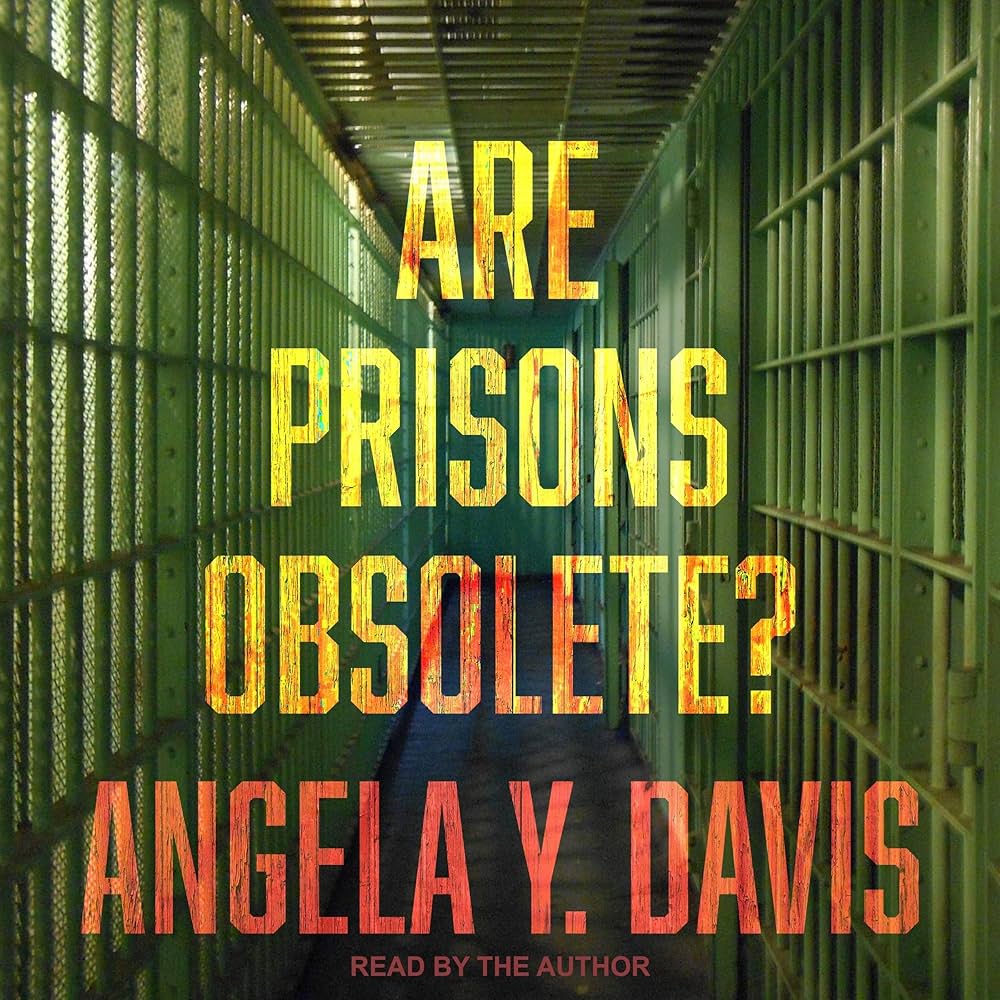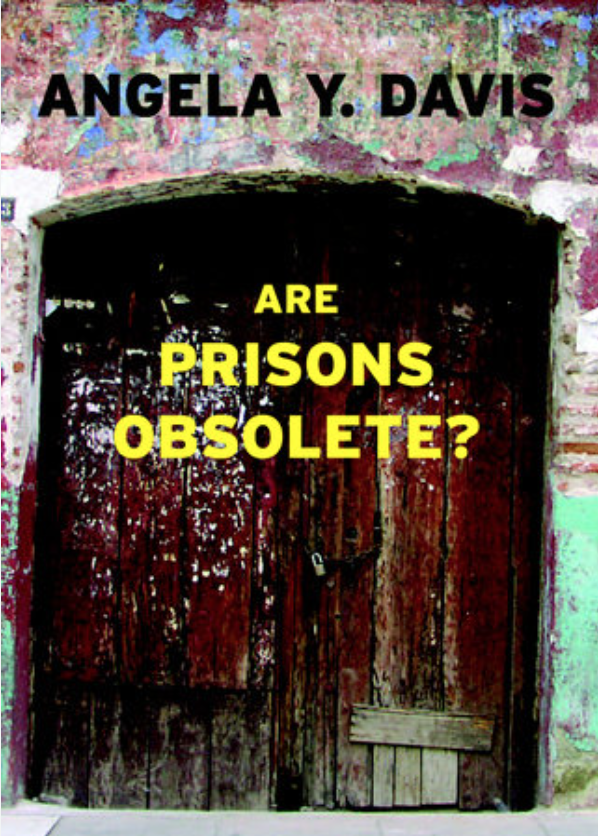
Living through the conditions conveyed within the book, I believe, it answers that question. I also, found that her mission as an advocate for reforms activated her exploration into the invisible negative aspects of imprisonment.
Most people within free society have no insight into the labyrinth of darkness and abuses, that prisoners are subjected to. The inclusion of the history about how prisons were utilized to imprison freed slaves, exemplify how entrenched that darkness is !!
I found Ms.Davis book to be extremely jarring as it awakened experiences that were suppressed by me in order to survive.
People in free society have no idea what takes place within prison walls, and most probably don’t care! But they really should, as mass incarceration is more harmful to overall society in the long run than, they realize. As individuals released from prison/warehouses return back into society often worse than, they were before !
One of the reasons is that individuals who weren’t already on psychotropic medication before incarceration, aren’t seen by mental health clinicians, and are instead issued random mental health assessment levels.The problem with D.O.C.C.S methods is that, it circumvents the overall premise of rehabilitation.
I’m advocating for the implementation of actual mental health screenings for prisoners, who remain stuck within the abyss of darkness, which the department of correction wants to keep hidden.Not only is it necessary, it is crucial.
My question for the reader is, wouldn’t a policy for legitimately doing assessments ensure a successful assimilation back into mainstream society? What happens instead is that inmates whom aren’t diagnosed, are placed in isolation and issued misbehavior reports !
The book also, describes the early history of prisons utilization of isolation and abuse to control those within it’s walls, a lot of which still goes on today.
The author incorporates prison activist Mumia Abu-Jamal whom challenges the system from within, and the late Eddie Ellis whom continued to do the same things upon his release. I was fortunate to have met Eddie when he visited Bedford Hills Correctional Facility decades ago. While at Bedford I also lived on the same housing units as Kathy Boudin, and Judy Clark, and worked with them at various programs.
Speaking from experience, advocacy inside of prison outside of formal channels such as inmate grievance and the inmate liaison committee, are executed covertly between prisoner’s and kindred spirits to ensure organizations such as the Human Rights Watch and Just Detention ~rape isn’t part of the penalty, receive evidence of nefarious behavior by so called correction officers.
Ms. Davis’ book, I believe, also asks-why aren’t member’s of society questioning systemic deficiencies within the penal ideology of mass incarceration that exist today, and asking themselves: what is the cost to a society whenever people are subjugated and dehumanized?
